

According to Michelangelo,
"The greatest danger for most of us is not that our aim is too high and we miss it, but that it is too low and we reach it."

This week's essay stems from a growing frustration with self-proclaimed visionaries in the tech and innovation space. The catalyst was my experience pitching revolutionary ideas, only to be met with skepticism from those claiming to see the future. By exploring this phenomenon, I hope to spark a dialogue about true innovation and the biases preventing us from recognizing transformative ideas.
This piece challenges how we evaluate breakthrough technologies and serves as a wake-up call to those who mistake incremental improvements for genuine innovation.

Seeing the Invisible, Building the Impossible
There's an old story about indigenous peoples supposedly unable to see European ships on the horizon—their minds simply couldn't process what their eyes were witnessing because it fell outside their conceptual framework. While the historical accuracy of this tale is dubious, the cognitive phenomenon it describes is devastatingly real and embarrassingly pervasive in today's so-called "innovation economy."
I've spent two decades watching brilliant people—engineers, executives, investors who pride themselves on being "visionaries"—stare directly at transformative technologies and see absolutely nothing. Not because they lack intelligence, but because they've imprisoned themselves in frameworks so rigid that genuine innovation bounces off their consciousness like light off a mirror.
The Comfortable Prison of Conventional Thinking
Most people who call themselves creative thinkers are intellectual frauds. They've constructed elaborate mental prisons and convinced themselves the bars are made of wisdom rather than fear. They mistake incremental improvement for innovation, confuse following trends with leading them, and believe that understanding yesterday's breakthroughs qualifies them to evaluate tomorrow's possibilities.
I remember the exact moment an industry veteran, someone I deeply respected, looked me in the eyes and said, "That's theoretically impossible." The weight of those words stayed with me, not because they discouraged me, but because they revealed how even brilliant minds can become prisoners of their own expertise. When we created the world's first 360-degree live streaming pipeline, broadcast engineers insisted it would "never scale." When I proposed ultra-responsive AI that could think five times faster than existing systems, computer scientists explained why the laws of physics made this "fundamentally unachievable."
These weren't uninformed critics. These were domain experts—people with decades of experience, advanced degrees, and impressive track records. Yet they couldn't see what was directly in front of them because their expertise had become a cognitive straightjacket.
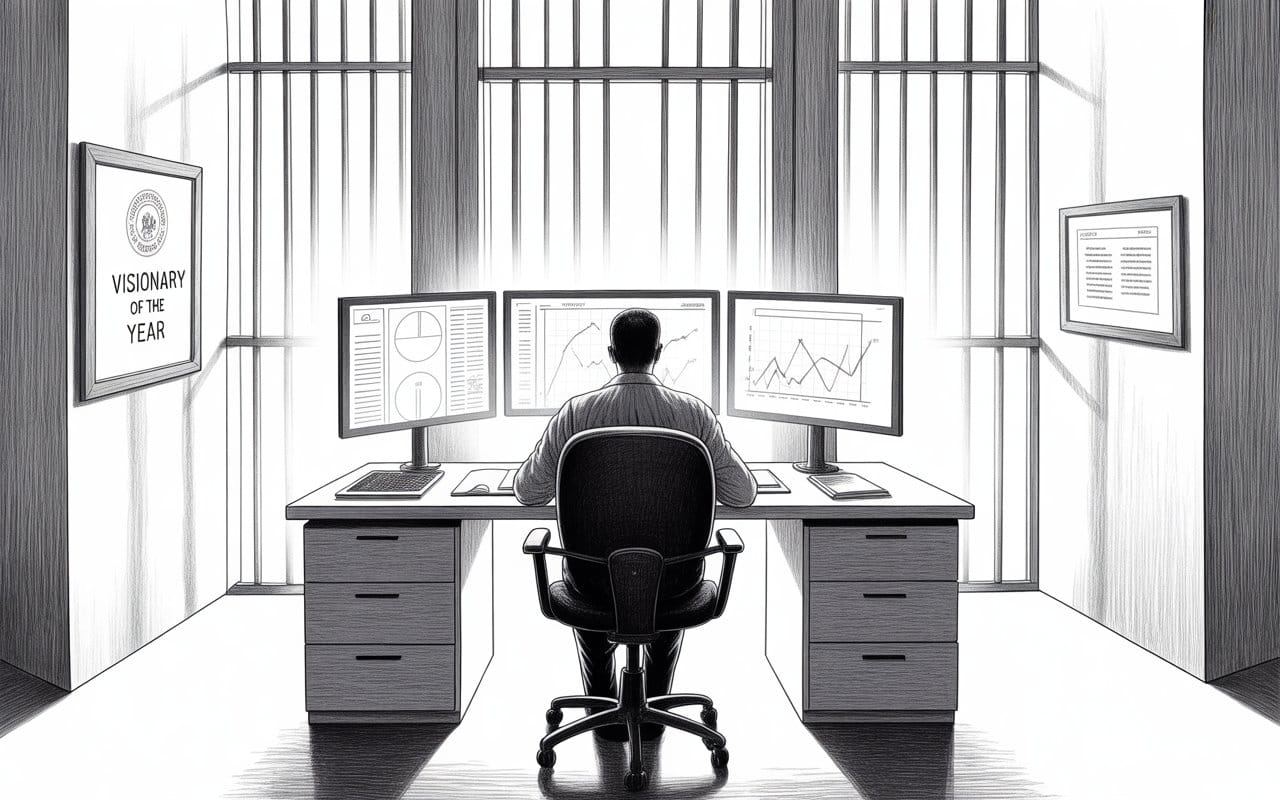
They are the true dreamers in this ecosystem.
The Fraud of Seeing is Believing
These theoretical frauds claim to be forward-thinking while demanding that the future prove itself before they'll acknowledge it exists. They're like food critics insisting on tasting tomorrow's breakfast before believing in the concept of morning. They've weaponized skepticism and called it intelligence. Imagine Columbus's investors demanding a TripAdvisor review of India before funding the voyage—that's today's "visionary" investor class—and not even giving a review of the right place.
When you present them with genuine innovation—technology that hasn't been validated by a decade of gradual market acceptance—they retreat behind their favorite intellectual shield:
"I need to see it to believe it."
This isn't caution—it's fear wearing a fake intellectual beard to stroke with some kind of poignant wisdom by just the act it self. The only missing is the pipe full of whatever poppycock they’re smoking. They're not being wise; they're being chickens with fancy vocabularies.
They dream of a world where innovation can be risk-free, where breakthroughs can be consensus-driven, where the future can be validated before it arrives. They fantasize about being innovation leaders while systematically avoiding the leading part.
The prototype-demanding crowd represents perhaps the most intellectually dishonest position in modern technology discourse. Real builders understand that the most important breakthroughs often begin as thought experiments, mathematical proofs, or theoretical frameworks that seem impossible until someone actually constructs them. The "show me first" frauds are essentially saying: "I'm too intellectually lazy to understand principles, so please build me something I can touch."
Mathematical Illiteracy of "Smart Money"
No delusion is more pernicious than the venture capital mythology around "smart money" and their spray-and-pray methodology. These mathematical illiterates have seized upon power law distributions—the observation that a small number of investments generate most returns—and reversed the causality entirely.
Instead of developing the analytical capability to identify breakthrough innovations, they've industrialized their own ignorance. They call it diversification. They make 100 investments hoping 2-3 will return the fund. They've turned their inability to distinguish signal from noise into a systematic approach.
It's like purchasing a hundred lottery tickets and claiming prophetic insight when one pays off. "I foresaw this jackpot," they declare, conveniently forgetting the ninety-nine losing tickets crumpled at their feet. These financial soothsayers have mastered the art of confusing probability with prescience—a sleight of hand that transforms statistical inevitability into the illusion of wisdom.
Their LinkedIn feeds are monuments to this mythology: posts about "betting on outliers" while demanding traction metrics that only incremental innovations can provide.
The power law describes outcomes, not strategy. It's intellectual messy self-congratulatory rituals masquerading as financial sophistication.
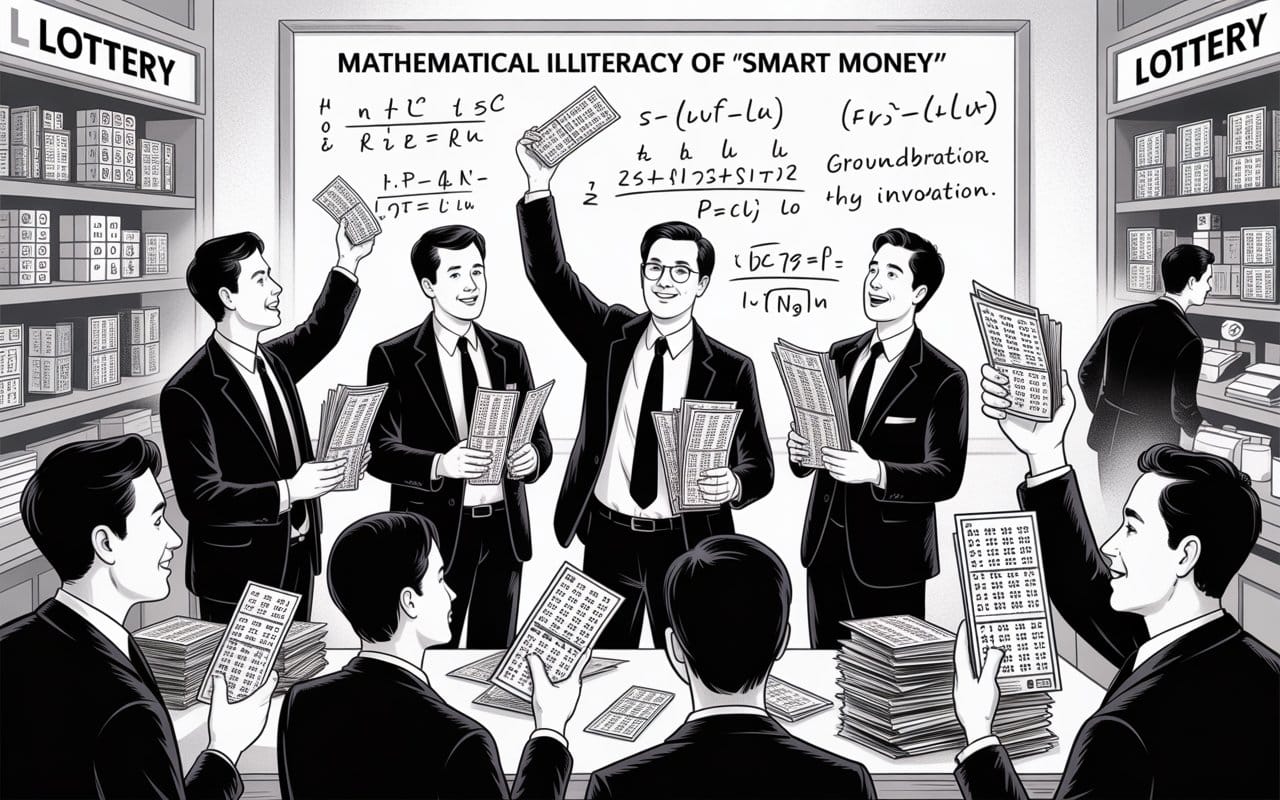
The Inside-Out Revolution
The fundamental difference between breakthrough innovators and everyone else isn't intelligence, resources, or even technical skill. It's perspective. Most people see the world from outside-in—archaeologists of the present, meticulously cataloging the artifacts of what already exists, constructing elaborate taxonomies of the familiar, and mistaking their museum of precedent for the boundaries of possibility.
True innovators see from inside-out. We don't examine the world through the dusty microscope of precedent but through the telescope of first principles. When I look at audio compression, I don't trace the fossil record of codec evolution—I dance with the mathematical relationship between human perception and information theory. When examining AI response times, I don't genuflect before the altar of current benchmarks—I interrogate the fundamental physics of computation and the metaphysics of consciousness. I go deeper than Atlantis.
This isn't mystical thinking; it's rigorous thinking freed from the constraints of conventional wisdom. It's the difference between being a historian of technology and being an architect of possibility!
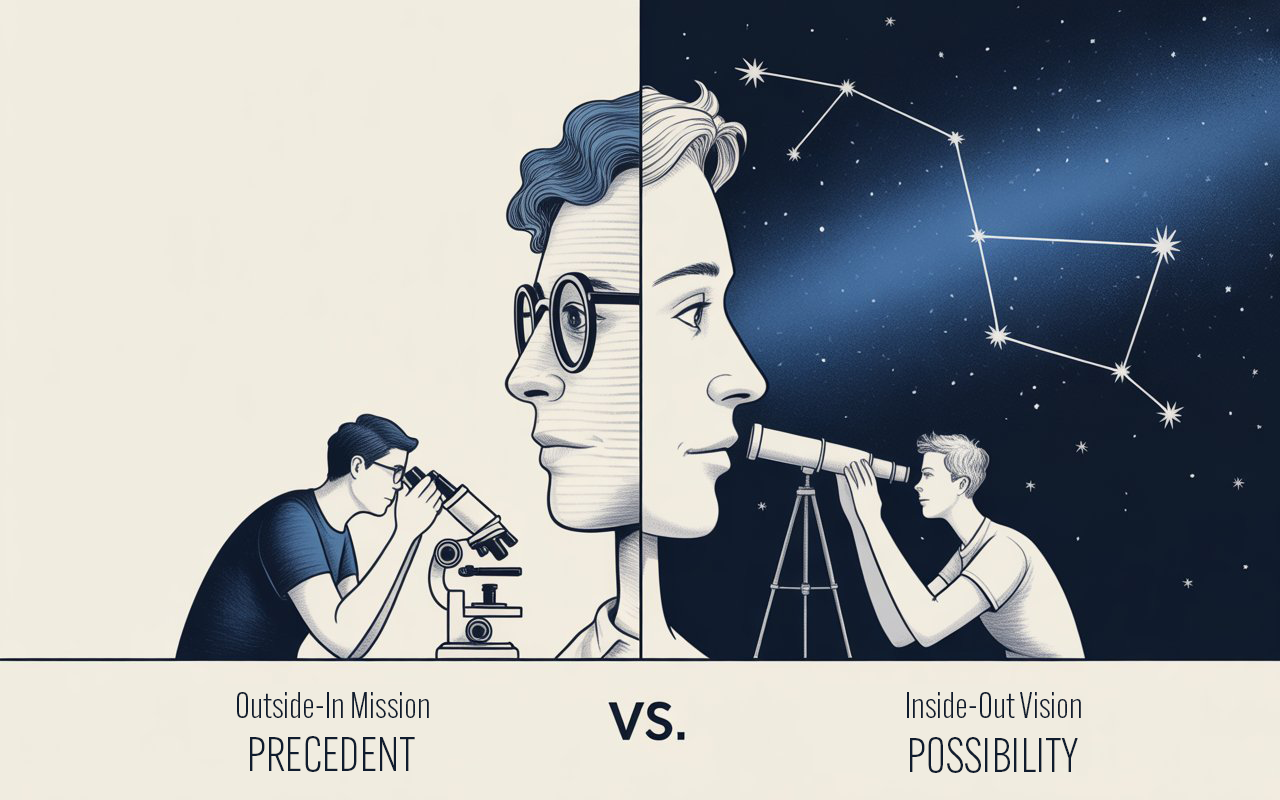
The True Mental Deficiency
The real cognitive disability isn't an inability to see the future—it's the systematic destruction of first-principles thinking. These intellectual frauds have trained themselves to think from market principles, consensus principles, validation principles. They've lobotomized their innovation evaluation capabilities.
When you can only assess new ideas through the lens of existing validation, you've become a sophisticated plagiarist, capable of recognizing innovation only after someone else has proven it works. They were skeptical of cloud computing until it dominated enterprise, dismissed social media until Facebook had a billion users, laughed at cryptocurrency until it had a trillion-dollar market cap.
They're not stupid—they're worse. They're smart people who've trained themselves to think stupidly.
The Tyranny of "Realistic" Expectations
The most dangerous phrase in innovation is "be realistic." What they really mean is "conform to our limitations." When someone tells you to be realistic about what's possible, they're asking you to accept their cognitive boundaries as universal constraints.
I've created Super Bowl holograms that defied the laws of what broadcast technology could supposedly achieve. I've built AI systems that detected human emotions through vocal patterns when machine learning experts insisted this was science fiction. I've orchestrated blockchain communities of 25,000 people raising millions of dollars for a utility when financial institutions claimed cryptocurrency was a "passing fad."
Breaking Mental Locks
Consider the color blue. Homer's heroes stared at a "wine-dark sea" beneath a sky never once described as blue. For millennia, human consciousness lacked this conceptual category until, culture by culture, language by language, we collectively invented "blue." The sky didn't change—our minds did. The cognitive apparatus for perceiving blue had to be developed culturally before it could be seen individually. The color existed; our ability to perceive it did not.
Today's "innovative thinkers" suffer from the same perceptual limitations—not in color recognition, but in possibility recognition. When I show them quantum compression ratios, they see impossible numbers rather than elegant algorithms. When I demonstrate sub-200-millisecond AI response times, they see magic rather than mathematics. When I explain how the Second Law of Thermodynamics is all about coordinating chaos rather than emergence, people lose their minds.
Their inability to perceive isn't a technical limitation—it's a trained incapacity.
The Ecosystem Corruption
The real tragedy isn't just that these frauds misallocate capital—it's that they systematically corrupt the innovation ecosystem. Entrepreneurs learn to optimize for pattern-matching algorithms rather than breakthrough innovation.
When I was developing the world's first 360-degree live streaming systems, the "smart money" response was universally: "We don't understand this space well enough to invest, but we'll watch your metrics and maybe participate in a later round."
Translation: "We're too intellectually lazy to understand what you're building, but we'll happily pay higher prices once someone else has validated it for us."
Meanwhile, breakthrough innovations get starved of capital while incremental improvements get overfunded. The spray-and-pray methodology creates a self-fulfilling prophecy where most investments fail because they're not actually innovations—they're just variations on existing themes optimized for VC pattern matching.
The Burden of Being Right (Too Often and Too Early)
Let me share something deeply personal: being consistently ahead of the curve is like hosting a party where the guests won't arrive for years. I've spent countless nights constructing cognitive bridges between tomorrow's potential and today's understanding, watching the glacial dawn of comprehension in skeptical eyes. It's intellectually exhausting, emotionally isolating, and—in the crude calculus of capitalism—economically idiotic.
The market rewards being right at exactly the right moment, not being right first.
I've learned to calibrate my communications not to the truth of what's possible, but to the bandwidth of what people can psychologically accept. It's like being a time traveler forced to speak in the vocabulary of the past while describing the realities of the future.
The Beautiful Moral Reversal
The conventional narrative consecrates skepticism as intellectual virtue and elevates demands for proof as the sacrament of prudence. In the cathedral of innovation, the skeptic who requires proof before belief isn't practicing rigor—they're confessing a poverty of imagination. They mistake their perceptual limitations for the boundaries of physical law, their intellectual timidity for discernment.
The builders carry the burden of not just creating the future, but also educating the present about why that future matters. It's like being forced to teach color theory to people who insist on seeing only in black and white, then having those same people critique your use of color.
Beyond the Horizon
The ships are always on the horizon. The question isn't whether they're there—it's whether we've developed the perceptual apparatus to see them. Most people haven't, and most people won't. They'll continue to mistake their limitations for universal constraints, their assumptions for natural laws, their comfort zones for the boundaries of possibility.
But for those willing to challenge their own cognitive frameworks, to question not just what they think but how they think, the horizon is infinite. The future belongs not to those who can predict the next trend, but to those who can see beyond the horizon of current imagination.
Every breakthrough I've been lucky enough to be a part of—from live-streaming the Pope to 25M people simultaneously to creating Super Bowl holograms to building emotion-detecting AI—started as something that industry experts declared impossible. The impossibility wasn't in the physics; it was in their perception.
The theoretical dreamers can keep demanding proof that the future exists before they'll acknowledge it. The spray-and-pray crowd can keep industrializing their ignorance and calling it strategy. The prototype fetishists can keep confusing intellectual cowardice with analytical rigor.
The rest of us will keep building the future they're too intellectually impoverished to imagine, fund, or recognize until it's already replaced them.
The ships are coming. The only question is whether you'll be among those who can see them—or among those who insist the ocean is empty while standing ankle-deep in the wake.

Don't miss the weekly roundup of articles and videos from the week in the form of these Pearls of Wisdom. Click to listen in and learn about tomorrow, today.

Sign up now to read the post and get access to the full library of posts for subscribers only.

Khayyam Wakil has a knack for turning seemingly impossible ideas into groundbreaking realities, often materializing innovations that experts claim emerged from thin air. His career is defined by consistently being ahead of the curve, transforming theoretical concepts into tangible breakthroughs that reshape industries—spanning quantum computing, artificial intelligence, and immersive technologies.

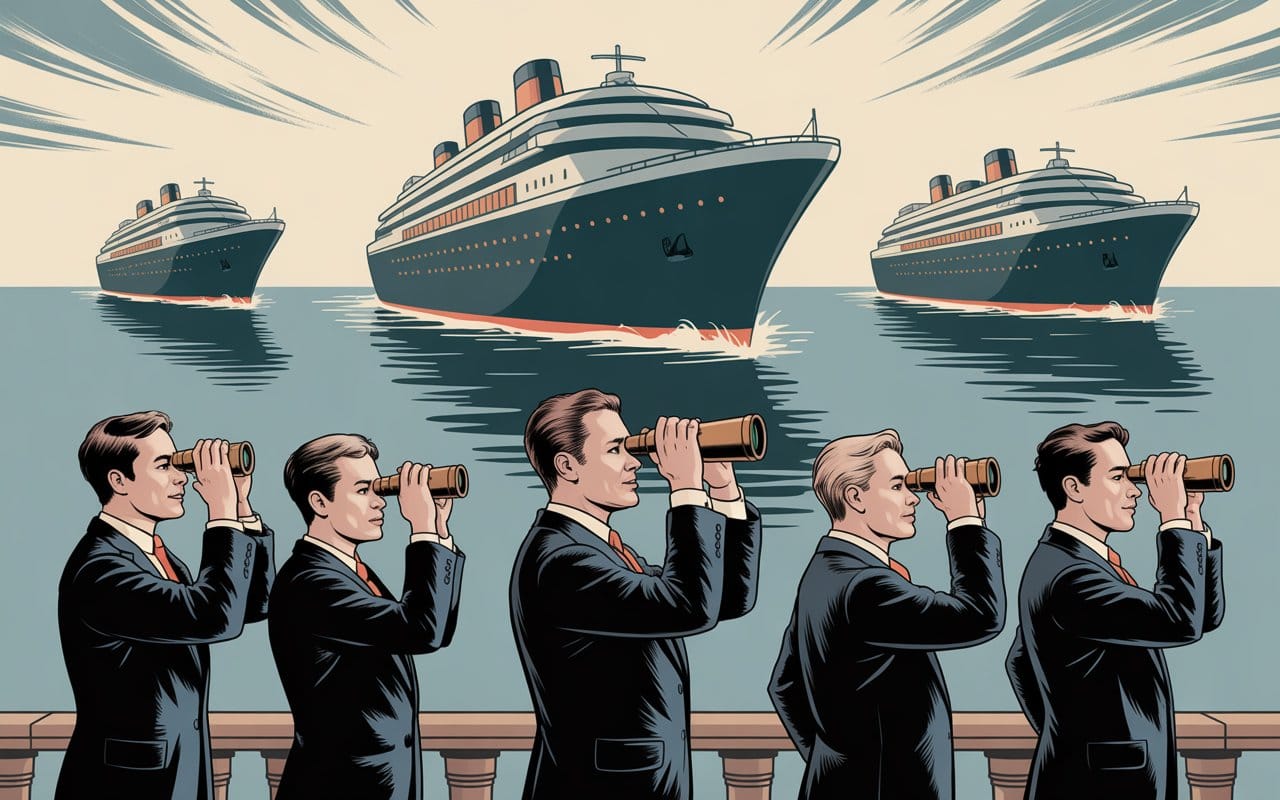



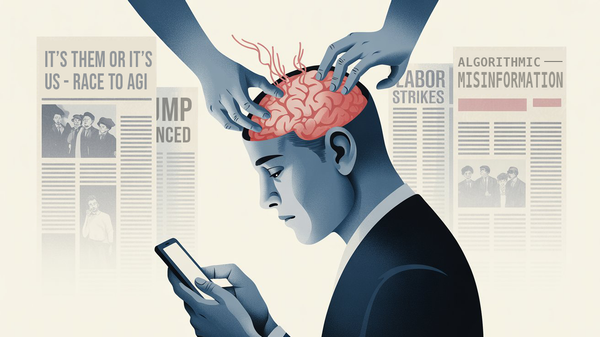
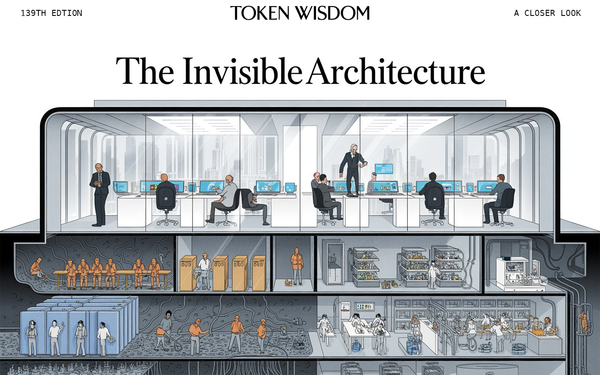
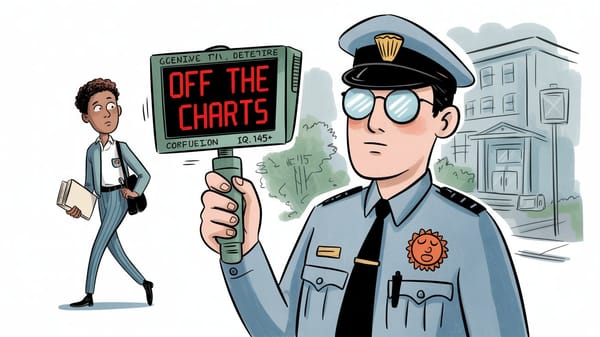

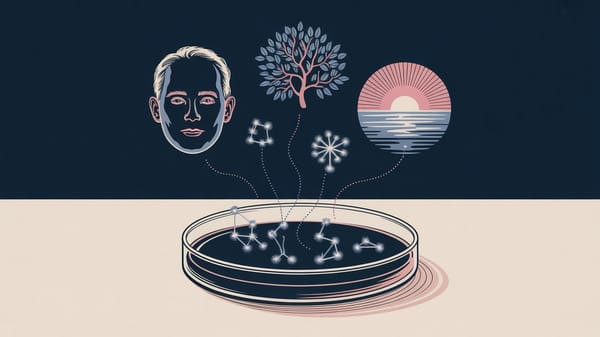
Member discussion